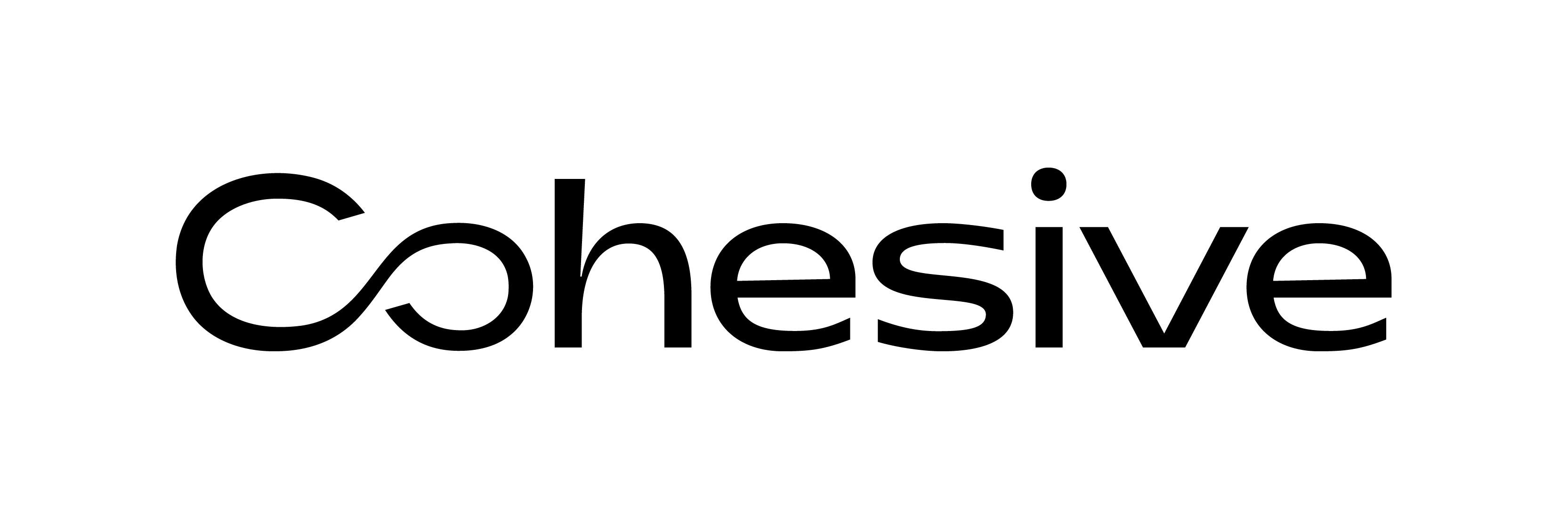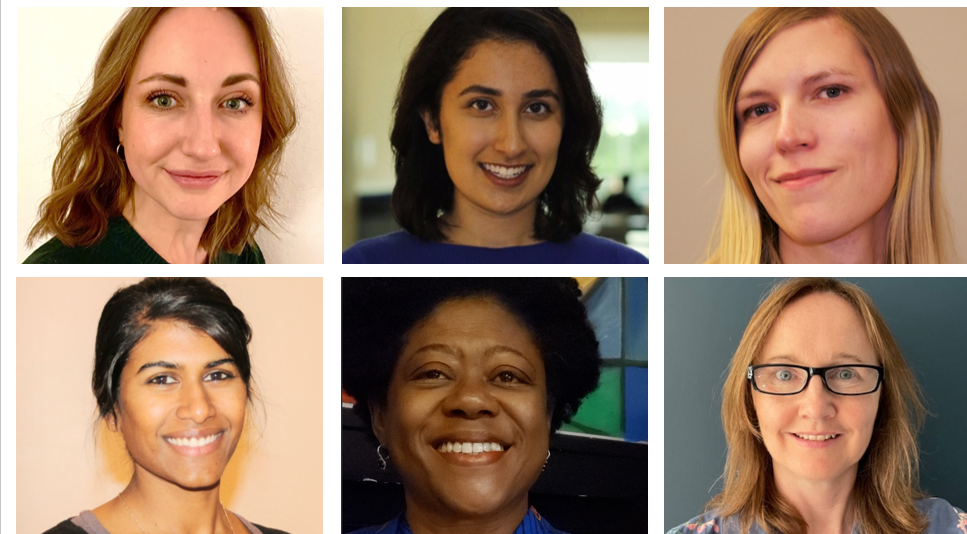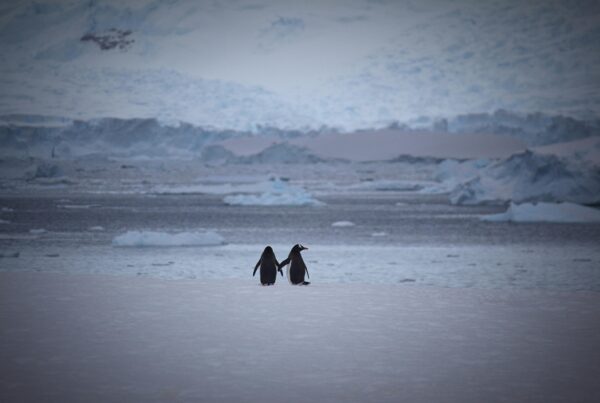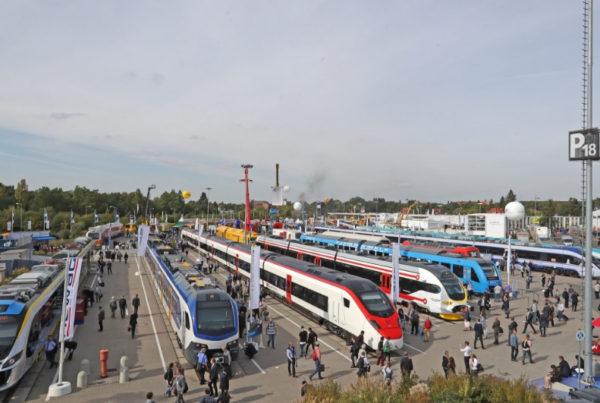International Women in Engineering Day, on June 23, celebrates the work that female engineers around the world are doing to support people’s everyday lives.
To mark the day, some of our engineers took time out to tell us about the fulfilment they gain from their career, the impact they generate using their skills and training and, the identity of their SHEROES. #enhancedbyengineering

Dr Victoria Fillingham
Role: Digital Transformation Consultant and part of the Business Advisory team. I work with organisations to understand their immediate, near-term and future challenges – either on capital, design-delivery programmes, or working with asset owner-operators. I help them answer the question ‘how can digital be used to leverage positive change?’
What you love most about being an engineer? That every day is different. Yes a lot of the digital challenges are fundamentally the same, but the way they manifest, the impact they have on the people and organisation makes for huge variation in the way we solve the problem. Engineering is always seeking for new ways to solve old – and new – challenges and I love how fast paced it is.
What societal impact you hope to have? I’m the Global ES(D)G (Empowering Sustainable Development Goals) – Community of Practice Lead. It’s a newly launched community grounded in the UN’s Sustainable Development Goals (SDGs). Through this role I hope to target new opportunities to drive for better across all of our connected communities.
Shero? As a group, the “human computers” of the National Advisory Committee for Aeronautics’ (NACA’s) (NASA’s predecessor), who were game changers for their time.
But it’s Annie Jean Easley that I find particularly inspiring. She explored how computer programmes could be used to simulate and analyse alternative energy – including solar, wind and battery storage – as sustainable energy sources. Her codes for analysing energy-conversion systems were foundational to the development of the batteries we use today in hybrid cars. Her programmes and insights into alternative fuels have meant that we could push space exploration further and make meaningful strides in reversing our negative impacts. Pretty darn inspiring!
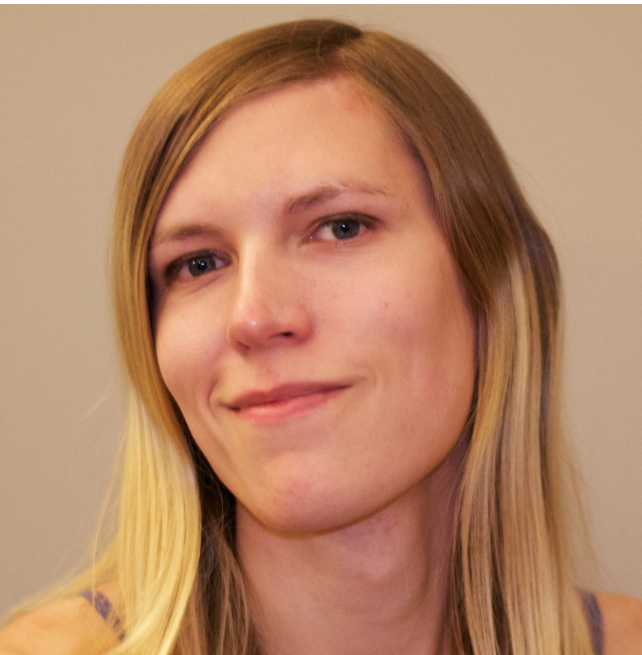
Kate Schowalter
Role: Senior manager and one of the leaders of the Calgary office. I wear a lot of hats in my role. These include helping more junior employees with technical and functional best practice questions and debugging; being the solution architect on various projects – building out appropriate technical / functional designs to meet clients’ business needs, and also reviewing proposal outputs for the Canadian team.
What you love most about being an engineer? Solving problems. Every day brings new challenges to figure out. I don’t think there have been many days in my career where I’ve been bored with rote or repetitive work. There’s always something new to puzzle through.
What societal impact you hope to have? I work with enterprise asset management software, and it’s pretty behind the scenes but one of the areas I’ve specialized in is understanding how to use Maximo for incident management and reporting, incident investigations, and engineering change management.
I think there’s a lot of value in understanding the impact of incidents, what caused them to occur, and how to prevent them moving forward. As well, ensuring proper engineering change management processes are followed can help prevent incidents caused by improperly identifying the impacts of technical changes. Some terrible engineering disasters have had poor MOC processes as contributing factors.
It’s important work that helps make sure people make it home safe at the end of their shift.
Shero? Sarah Schulman. She was one of the major players in AIDS activism during the height of the AIDS pandemic in North America, and has continued that work through documenting AIDS history. She’s an incredibly accomplished author and an instrumental figure in the gay rights movement in the US. Nothing but respect for her body of work and what she’s accomplished in her life.
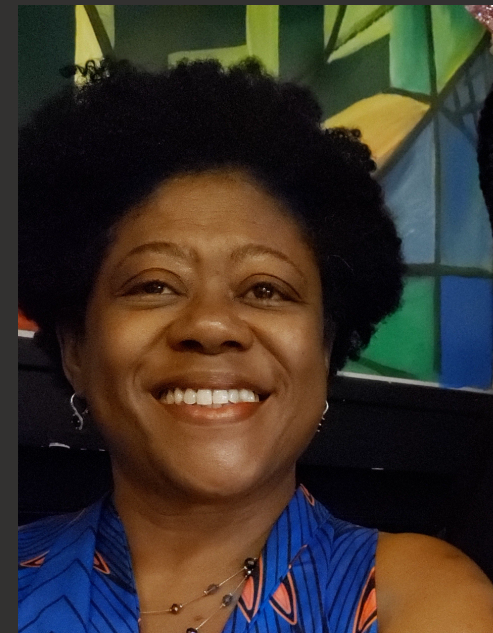
Gisele Marks
Role: Solution Architect. I collaborate with teams of cross disciplinary professionals and subject matter experts to implement and use asset management technology to meet business goals focused on maintaining the value of their assets.
What you most like about being an engineer? One would think the formulas and calculations would make being and engineer rigid and structured. It is the innovation of what you can design with quality, safety, users needs and cost in mind. It is the process of design thinking and collaboration with a diverse group of contributors to see concepts move from the first shovel to cutting the ribbon. It is finding ways unique to the organization to adopt a new technology and to transfer knowledge that brings a new skill to the user and it is a people-to-people career.
What societal impact you hope to have? My career started in civil engineering. My interest in Environmental engineering started from living near the rivers of steel mill industry discharges. The path of wanting to be part of the design and construction of facilities “which improve the welfare and raise the living standards of society,” in my case, my community, is where the two intersect.
Maintaining infrastructure assets such as water resources, roads, power, buildings to supply clean water, electricity and transportation is a career opportunity for the environmentalist, engineer, and technologist.
I hope to continue mentoring and sharing knowledge with women and persons in their career journeys to build cross-disciplinary educational experiences in asset management.
Shero? As a University of Pittsburgh Biology/Chemistry major, I attended the national conference of the NTA and met Katherine Johnson, NASA Mathematician, and Shirley Jackson, PhD Physicist. They were phenomenal women of STEM who were dedicated to enhancing the careers of minorities and women in science and engineering through support of community-based programs, mentorship, and college initiative in many boots on the ground programs.
Katherine Johnson, as a NASA employee, was responsible for the calculations of orbital mechanics that were critical to the success of the first and subsequent U.S. crewed space flight. Dr Jackson would go on to serve as the President of the American Association for the Advancement of Science, head of the Nuclear Regulatory Commission and president of Rensselaer Polytechnical Institute. These women provided a legacy of being “hands-on” role models.
Also Cythia Balwin who was my Jr. High School English Teacher and married to Art Balwin, the Chemical Engineer that was responsible for the NTA/National Urban League Tutoring program. They provided a tsunami of inspiration and motivation, encouraging the teen of a rust belt town to keep moving to better and best. Cynthia went on to become a respected jurist of the Pennsylvania Supreme Court. To this day, she is still a champion of encouragement and achievement.
Lastly, but not least is my mother. Born in 1933, she mastered calculus and Latin in a time when the options did not include a college education or encourage girls to take these types of courses. She put it to use by ensuring everyone around the dinner table learned vocabulary words from the dictionary and introduced us to spatial mathematic activities such as tangrams, Legos, Tinker Tots, and trains. Little did we know she was mentoring us into science and mathematics journeys.

Nadia Baheri
Role: Consultant for the IBM enterprise asset management software, Maximo. This involves working with clients in a wide variety of engineering sectors to build solutions that align with their business processes, to optimize their asset management capabilities.
What you most like about being an engineer? I really enjoy figuring out how things work, and I find problem-solving super rewarding.
What societal impact you hope to have? I hope to empower those who present differently from what has typically been considered an engineer – whether it be gender differences, neurodiversity, or simply a different way of approaching a problem.

Katelyn Naidoo
Role: Project Manager with experience in the highway and civil engineering industry. I am responsible for planning, executing and monitoring various projects including providing support for a large-scale upgrade campaign. I work with cross-functional teams to deliver the contract for configuration, development, implementation and roll out of software programmes and associated applications within the client’s projects and businesses.
What you most like about being an engineer? At first, it wasn’t what I wanted to do. It was one of the few choices I had in my home country of South Africa where life was very difficult if you didn’t earn a certain amount of money. I did it because I had to survive.
I soon realised that engineering was extremely tough in my home country because I was a woman. I was constantly judged. I was verbally and physically harassed. My skillset and knowledge didn’t matter, because I didn’t belong there. I was young and not very confident, so I doubted everything I did.
I was able to keep pushing through and over time I gained the respect of my team and colleagues. I matured and realised that my role was not to master the calculations or standards or to figure out the best design. My role was to solve a much larger problem. It was to change the view of women in a male dominated industry. To ensure that women following me didn’t experience the same as I did. Then I started to love being an engineer. I was helping design something for society and especially for women.
What societal impact you hope to have? Since the dawn of time, our worlds have been built predominantly by men. They have built it according to how they wish to make the space around us. I hope to bring the view of women into this. Since living in the UK, I’ve found women are much more respected in the industry, but I hope to bring other countries and places such as my hometown, to the same level.
Shero? Cleopatra – She was often portrayed as a sexual and provocative figure throughout history, but there is much more to her. She was exceptionally intelligent and became fluent in as many as 10 languages so that she could speak directly with different people of her land. She knew that she ruled a diverse population and wanted to ensure that all their cultures and languages were included.
She was also a survivor. She lived with various forms of constant threat, but she always armed herself with knowledge and skills to bring herself to the top. It is hard for women to do this today, let alone in a time where women were considered nothing.
Today, I lean towards the “Cleopatra Effect” whenever I doubt myself or feel like I’m not being taken seriously in my life or job. Cleopatra’s history reminds me that I can be strong and wise and I can do it elegantly as us women do.

Joanne Hunt
Role: I am the Quality, Environmental and Sustainability Manager for EMEA at Cohesive. I am the custodian of our 9001, 14001 and 27001 certified management system and I work with colleagues to continually improve the way the we deliver our products and services to customers.
What you love most about being an engineer? As a civil engineer, working on various construction projects throughout the UK, I loved being part of a team, working together, solving problems and having that sense of accomplishment and pride at what we had constructed. The skills that I have developed throughout my career are founded on this experience.
Whilst I am no longer on site, handling setting out equipment, the project management and teamwork skills I have developed are entrenched in all that I do.
What societal impact you hope to have? It’s great to see more and more girls choosing engineering as a career. I would hope that girls today see us and treat engineering like any other potential career when they are deciding their next steps.
Shero? The success of the England lionesses have increased the visibility and popularity of girls football. My daughter is a keen footballer and they have shown that there are no barriers to what she can achieve.
